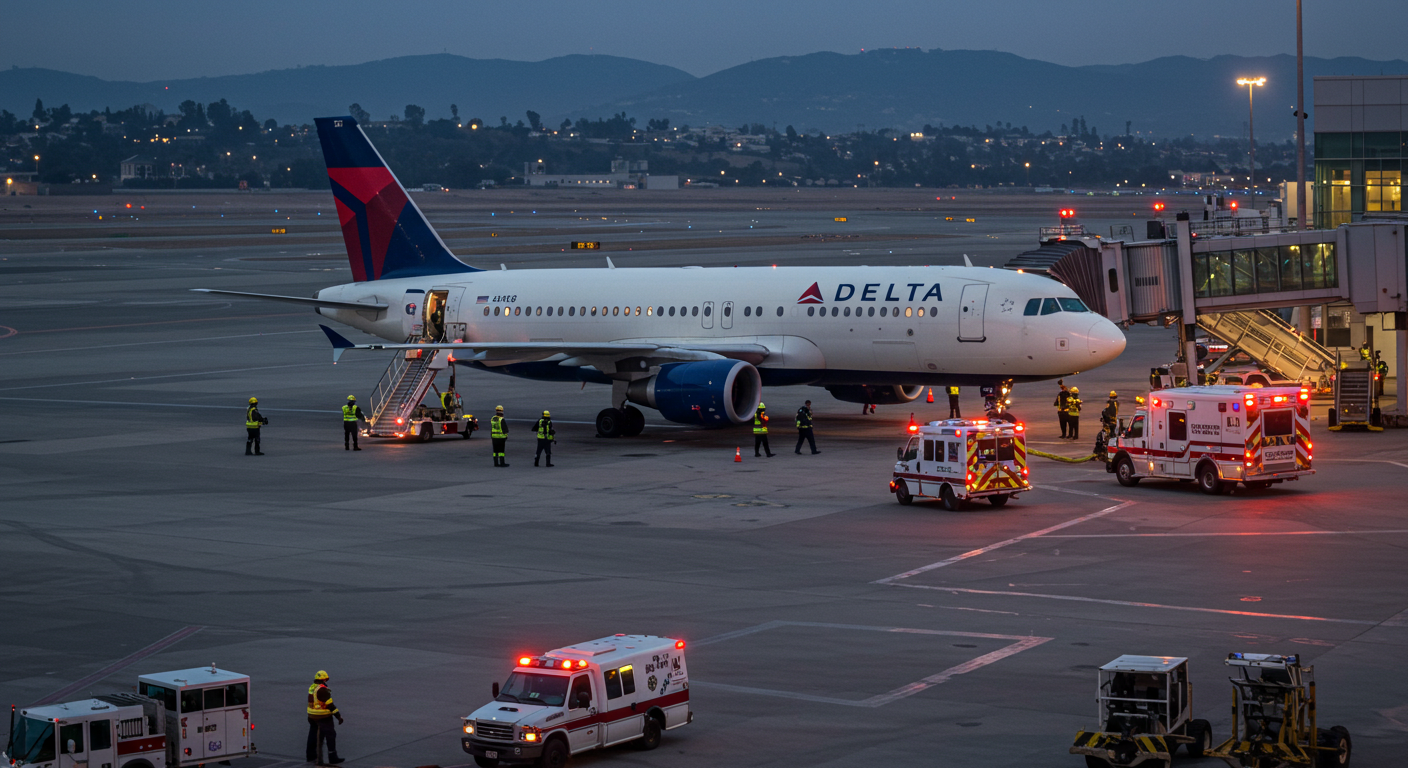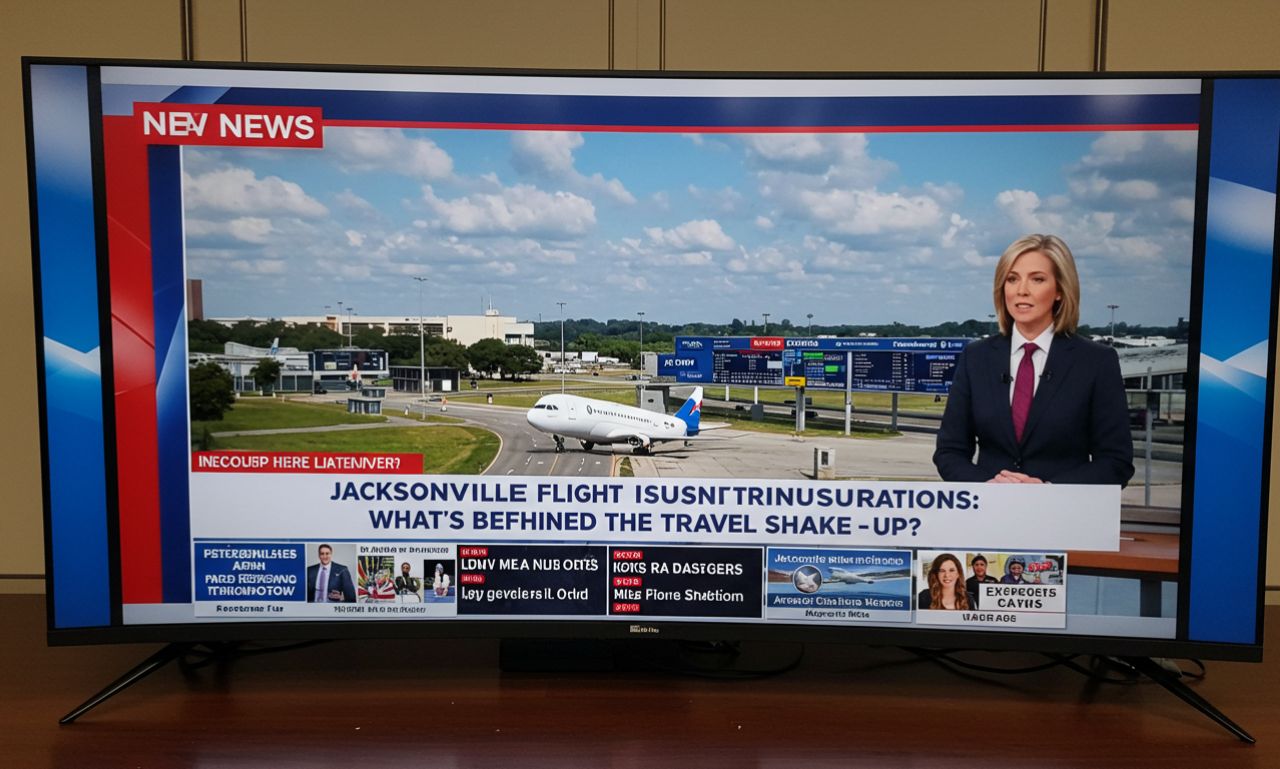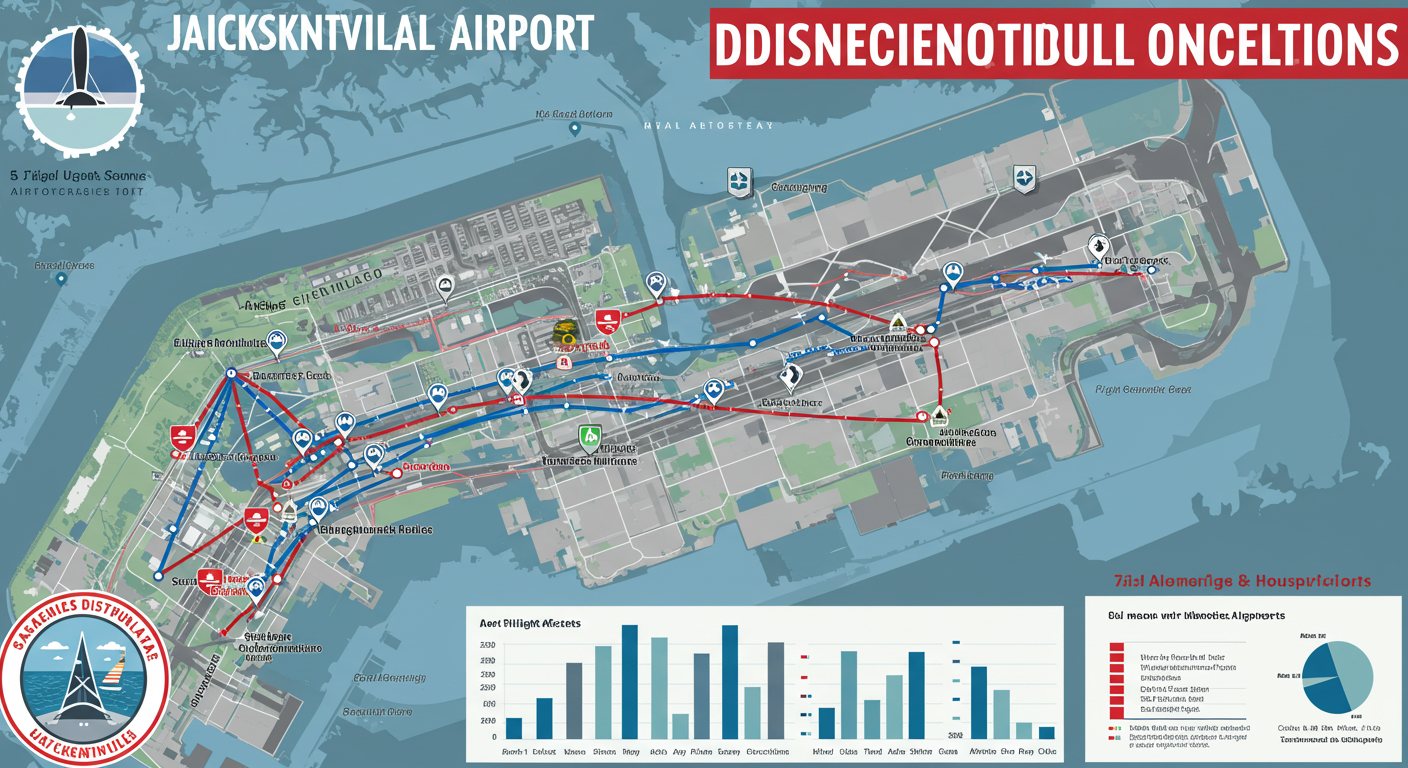In the fast-paced world of air travel, unexpected events can often unfold in an instant. Recently, delta flight dl275 diverted lax made headlines when it was diverted to Los Angeles International Airport (LAX) under circumstances that raised eyebrows and sparked conversations about safety protocols. Passengers on board experienced a mix of concern and curiosity as they navigated this unforeseen detour. What led to this diversion? How did the airline respond? Let’s dive into the details surrounding Delta Flight DL275’s unexpected journey and explore the vital safety measures at play during air travel emergencies.
What is delta flight dl275 diverted lax?
delta flight dl275 diverted lax is a scheduled service that typically connects travelers from New York City to Los Angeles. It’s part of Delta Airlines’ extensive network, offering comfort and convenience for those crossing the country.
Recently, this flight experienced an unexpected diversion to Los Angeles International Airport (LAX). Such diversions can occur due to various reasons, including weather conditions or technical issues.
When a flight is diverted, it may seem alarming for passengers on board. However, it’s essential to understand that these decisions prioritize safety above all else. The crew’s training equips them with necessary skills to handle such situations effectively.
Flight DL275’s diversion is just one example of how air travel can be unpredictable yet secure under trained professionals’ guidance.
Explanation of Diversions and Safety Protocols
Flight diversions are a critical aspect of air travel safety. They occur when an aircraft must change its planned route, often due to unforeseen circumstances. These can range from technical issues to adverse weather conditions or even medical emergencies onboard.
Safety protocols are in place to ensure that passengers and crew remain secure during such situations. Airlines follow strict guidelines, determining the best alternate airports for landing.
Pilots communicate closely with their flight operations teams, assessing all variables before making decisions. This collaborative effort ensures that the diversion is executed smoothly and effectively.
Moreover, cabin crews play a vital role in keeping passengers informed and calm during these unexpected changes. Clear communication helps mitigate anxiety while maintaining order throughout the process.
In essence, these systems reflect the aviation industry’s commitment to prioritizing passenger well-being above all else.
What Happened on Delta Flight DL275?
Delta Flight DL275 took off from New York City, heading to Los Angeles. The journey seemed routine until an unexpected situation unfolded mid-flight.
The crew reported a technical issue that required immediate attention. This prompted the captain to make a crucial decision about diverting the aircraft. Safety was their top priority.
As the flight approached LAX, passengers were informed of the diversion and reassured by the professional demeanor of the flight attendants. Communication remained clear throughout this unexpected turn of events.
Upon landing safely at LAX, emergency crews stood ready on standby, ensuring everything was under control. Passengers experienced a mix of relief and concern as they disembarked after what had been an unsettling experience in the skies.
Response from Delta Airlines
Delta Airlines took immediate action following the diversion of Flight DL275 to LAX. The airline prioritized passenger safety above all else, demonstrating its commitment to swift and effective crisis management.
After the incident, Delta quickly mobilized resources on the ground. They provided support services for passengers who experienced disruptions in their travel plans. This included arranging accommodations and meals for those affected.
Additionally, Delta issued a statement detailing the event’s circumstances. They emphasized transparency while assuring customers that thorough investigations would be conducted to understand what transpired during the flight.
Customer service representatives were also available to address concerns directly from passengers. Their prompt communication aimed at restoring confidence among travelers was key in managing this unexpected situation effectively.
Passengers’ Experiences and Reactions
Passengers on Delta Flight DL275 experienced a whirlwind of emotions during the unexpected diversion to LAX. Confusion filled the cabin as announcements were made, and many wondered what was happening.
Some passengers shared feelings of anxiety. They had been looking forward to reaching their destination and now felt uncertain about what lay ahead. Others expressed relief that safety protocols were being followed, recognizing that it was better to be safe than sorry.
As the plane touched down, conversations buzzed with speculation and theories. Many began sharing their experiences via social media, creating an online conversation around the incident.
In stark contrast, some took it in stride—turning the event into an opportunity for camaraderie among fellow travelers. Laughter echoed through the aisles as they exchanged stories of past flights gone awry. It became a moment where strangers connected over a shared experience amidst uncertainty.
The Importance of Safety Protocols in Air Travel
Safety protocols in air travel are not just guidelines; they are essential measures that protect passengers and crew. Every detail matters, from pre-flight checks to emergency procedures.
Airlines invest heavily in training their staff to handle various scenarios. This preparation ensures swift action during unexpected events, like diversions or medical emergencies.
Technology plays a critical role too. Modern aircraft come equipped with advanced systems designed for real-time monitoring and communication between pilots and ground control.
Moreover, regulatory bodies enforce strict standards that airlines must meet before takeoff. These rules help create a consistent safety culture across the industry.
Passengers can also contribute by familiarizing themselves with safety briefings and exit strategies. Awareness enhances collective security onboard.
In an era of heightened concerns about air travel risks, robust safety protocols build trust and confidence among travelers everywhere.
Reflection on the Incident
Reflecting on the incident involving Delta Flight DL275 diverted to LAX brings to light the complexities of modern air travel. Each flight is a delicate balance between schedules and safety.
Passengers faced uncertainty, yet their resilience shone through. Many found camaraderie in shared experiences during an unexpected situation. It’s often in moments like these that we see humanity at its best.
The crew’s swift action underscored the importance of training and preparedness. Their ability to manage stress while ensuring passenger safety cannot be overstated.
Furthermore, this event serves as a reminder of how quickly situations can change mid-flight. It highlights our reliance on protocols designed to protect us when it matters most.
Such incidents provoke introspection about our trust in airline operations. They remind us that behind every flight are countless professionals dedicated to keeping passengers safe, even amid unforeseen challenges.
Conclusion
The recent incident involving Delta Flight DL275, which was diverted to LAX, highlights the critical importance of safety protocols in air travel. Passengers on board experienced a range of emotions as they navigated an unexpected situation, but the prompt response from Delta Airlines showcased their commitment to passenger safety.
Air travel can be unpredictable. Diversions like this serve as reminders that airlines and flight crews are always prepared for emergencies. The swift action taken during such events not only ensures the well-being of everyone involved but also reassures travelers about the robust systems in place.
Reflecting on this event, it becomes clear just how essential transparency and communication are during crises. Passengers shared their thoughts on social media, emphasizing gratitude towards the crew’s professionalism amidst uncertainty. Such incidents reinforce trust in airline operations.
Delta Flight DL275’s diversion has sparked discussions around safety protocols and emergency responses in aviation. It’s a reminder that while flying remains one of the safest modes of transportation, preparedness is key to maintaining that status quo. Each flight carries with it stories—some routine and others extraordinary—and it’s these experiences that shape our understanding of air travel today.




